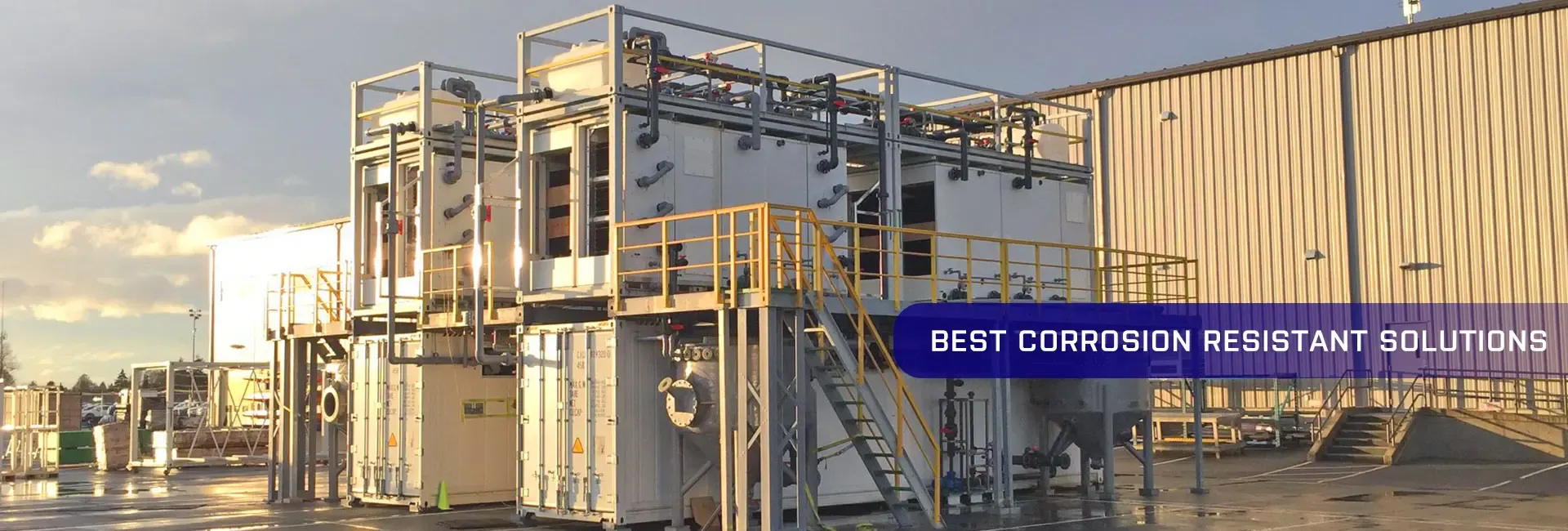
-
 Afrikaans
Afrikaans -
 Albanian
Albanian -
 Amharic
Amharic -
 Arabic
Arabic -
 Armenian
Armenian -
 Azerbaijani
Azerbaijani -
 Basque
Basque -
 Belarusian
Belarusian -
 Bengali
Bengali -
 Bosnian
Bosnian -
 Bulgarian
Bulgarian -
 Catalan
Catalan -
 Cebuano
Cebuano -
 China
China -
 China (Taiwan)
China (Taiwan) -
 Corsican
Corsican -
 Croatian
Croatian -
 Czech
Czech -
 Danish
Danish -
 Dutch
Dutch -
 English
English -
 Esperanto
Esperanto -
 Estonian
Estonian -
 Finnish
Finnish -
 French
French -
 Frisian
Frisian -
 Galician
Galician -
 Georgian
Georgian -
 German
German -
 Greek
Greek -
 Gujarati
Gujarati -
 Haitian Creole
Haitian Creole -
 hausa
hausa -
 hawaiian
hawaiian -
 Hebrew
Hebrew -
 Hindi
Hindi -
 Miao
Miao -
 Hungarian
Hungarian -
 Icelandic
Icelandic -
 igbo
igbo -
 Indonesian
Indonesian -
 irish
irish -
 Italian
Italian -
 Japanese
Japanese -
 Javanese
Javanese -
 Kannada
Kannada -
 kazakh
kazakh -
 Khmer
Khmer -
 Rwandese
Rwandese -
 Korean
Korean -
 Kurdish
Kurdish -
 Kyrgyz
Kyrgyz -
 Lao
Lao -
 Latin
Latin -
 Latvian
Latvian -
 Lithuanian
Lithuanian -
 Luxembourgish
Luxembourgish -
 Macedonian
Macedonian -
 Malgashi
Malgashi -
 Malay
Malay -
 Malayalam
Malayalam -
 Maltese
Maltese -
 Maori
Maori -
 Marathi
Marathi -
 Mongolian
Mongolian -
 Myanmar
Myanmar -
 Nepali
Nepali -
 Norwegian
Norwegian -
 Norwegian
Norwegian -
 Occitan
Occitan -
 Pashto
Pashto -
 Persian
Persian -
 Polish
Polish -
 Portuguese
Portuguese -
 Punjabi
Punjabi -
 Romanian
Romanian -
 Russian
Russian -
 Samoan
Samoan -
 Scottish Gaelic
Scottish Gaelic -
 Serbian
Serbian -
 Sesotho
Sesotho -
 Shona
Shona -
 Sindhi
Sindhi -
 Sinhala
Sinhala -
 Slovak
Slovak -
 Slovenian
Slovenian -
 Somali
Somali -
 Spanish
Spanish -
 Sundanese
Sundanese -
 Swahili
Swahili -
 Swedish
Swedish -
 Tagalog
Tagalog -
 Tajik
Tajik -
 Tamil
Tamil -
 Tatar
Tatar -
 Telugu
Telugu -
 Thai
Thai -
 Turkish
Turkish -
 Turkmen
Turkmen -
 Ukrainian
Ukrainian -
 Urdu
Urdu -
 Uighur
Uighur -
 Uzbek
Uzbek -
 Vietnamese
Vietnamese -
 Welsh
Welsh -
 Bantu
Bantu -
 Yiddish
Yiddish -
 Yoruba
Yoruba -
 Zulu
Zulu
FRP Dual Lamination Solutions for Enhanced Durability and Performance in Manufacturing
Understanding FRP Dual Lamination Products
Fiber Reinforced Plastic (FRP) dual lamination is an innovative technique that combines the durability of FRP with the additional protective attributes of dual-layered materials. This method is gaining traction in various industries, including construction, automotive, and aerospace, owing to its impressive mechanical properties and resistance to environmental factors.
What is FRP?
FRP refers to composite materials made from a polymer matrix reinforced with fibers. These fibers, which are typically made from glass, carbon, or aramid, provide strength and rigidity while minimizing weight. The versatility and strength-to-weight ratio of FRP make it an ideal choice for structures and components that need to withstand mechanical stress while remaining lightweight.
The Benefits of Dual Lamination
The dual lamination process enhances the properties of basic FRP products by adding a second layer of material. This secondary layer can be made from the same or different material, depending on the intended application. The benefits of this dual-layer approach include
1. Increased Durability The additional layer provides extra protection against impacts, abrasions, and environmental degradation.
2. Enhanced Corrosion Resistance Dual lamination can significantly improve the material's resistance to corrosive environments, making it suitable for use in marine and industrial applications.
3. Thermal Stability The combined properties of both layers can lead to improved thermal insulation, making FRP dual lamination products well-suited for high-temperature applications.
frp dual lamination product

5. Cost-Effective While initial manufacturing costs may be higher due to the complexity of the lamination process, the long-term savings from reduced maintenance and replacement make it a cost-effective choice.
Applications of FRP Dual Lamination
FRP dual lamination products are utilized across a range of sectors
- Construction In the construction industry, FRP dual laminated materials are used for structural components, roofing systems, and wall panels due to their lightweight and robust characteristics. They provide a solution that promotes durability while enhancing the aesthetic appeal of buildings.
- Automotive The automotive industry has embraced FRP dual lamination for components that require both strength and reduced weight. Parts such as body panels, chassis, and interior fittings benefit from the improved mechanical properties offered by dual lamination.
- Aerospace The aerospace sector utilizes FRP dual lamination in aircraft components where both weight savings and structural integrity are critical. The added protective layer helps to meet stringent regulatory requirements for safety and performance.
- Marine In marine applications, FRP dual lamination is ideal for boat hulls and other components that are exposed to harsh marine environments. The enhanced resistance to saltwater corrosion and UV degradation ensures longevity and reliability.
Conclusion
FRP dual lamination products represent a significant advancement in materials technology. By combining the inherent strengths of FRP with the advantages of dual-layer fabrication, these products offer increased durability, resistance, and customization options tailored to the needs of various industries. As the demand for high-performance materials continues to rise, FRP dual lamination stands out as a versatile solution, capable of meeting the challenges presented by modern engineering applications. With ongoing advancements in composite manufacturing techniques, the future of FRP dual lamination looks promising, paving the way for even more innovative applications and enhancements in material science.









